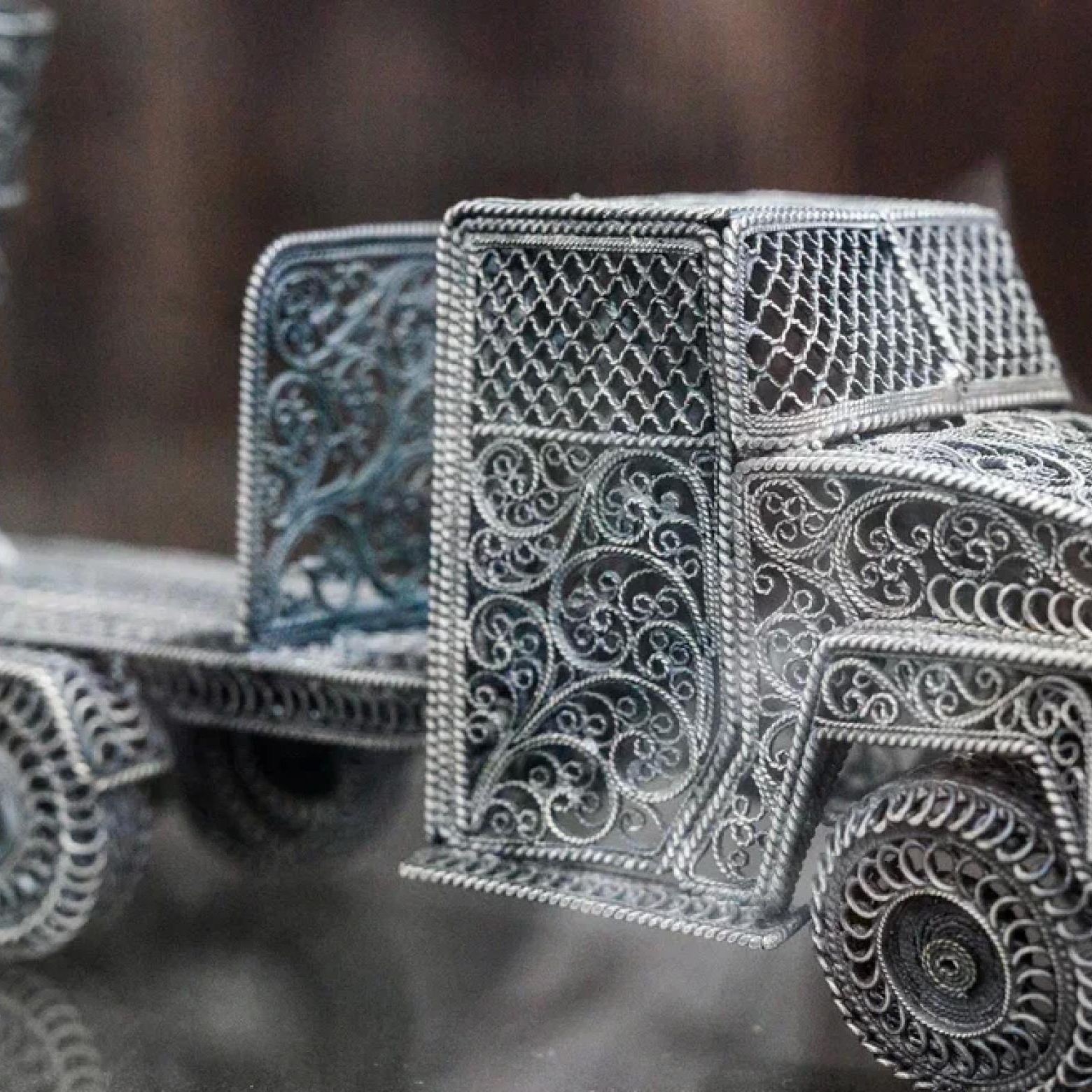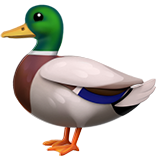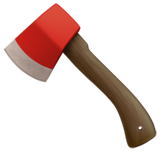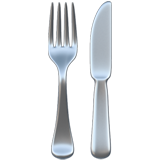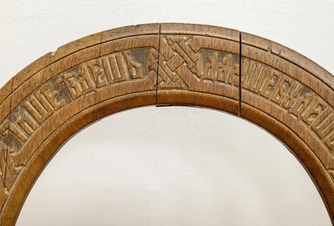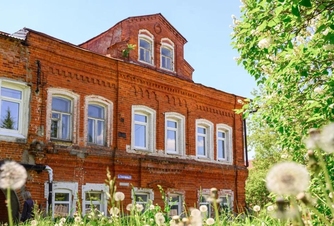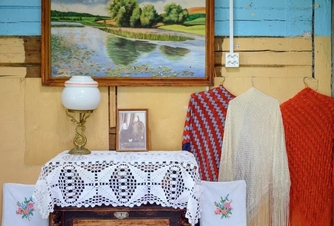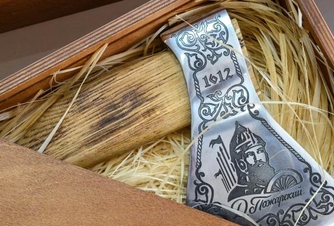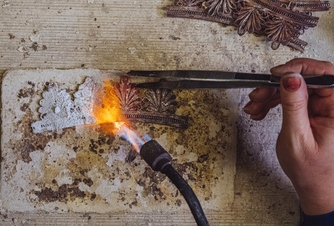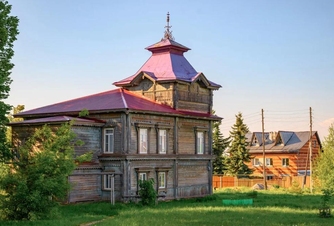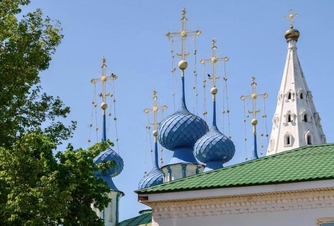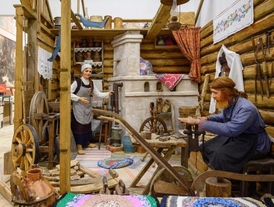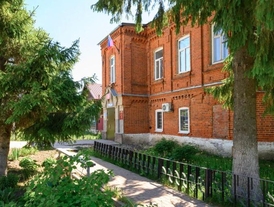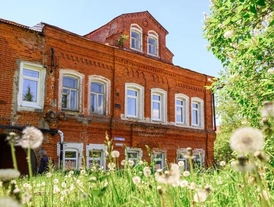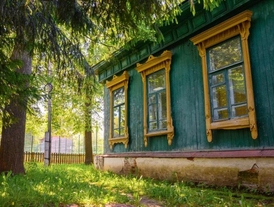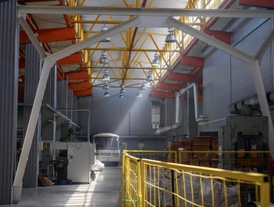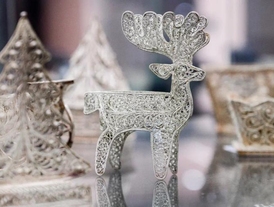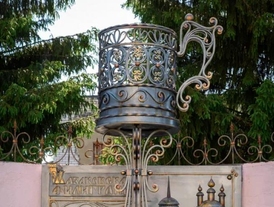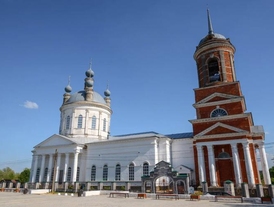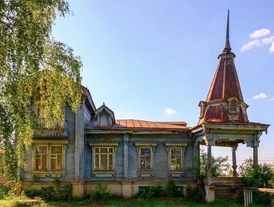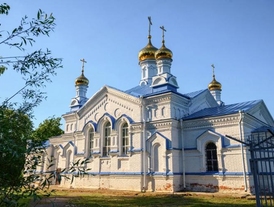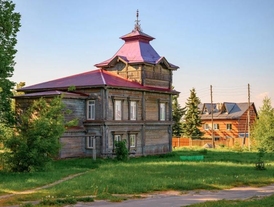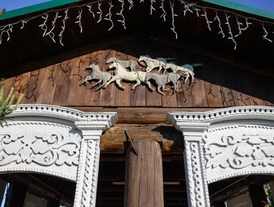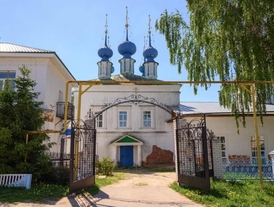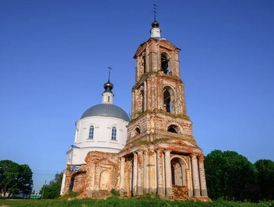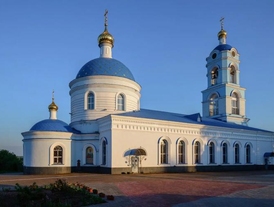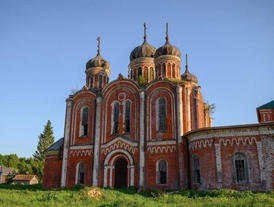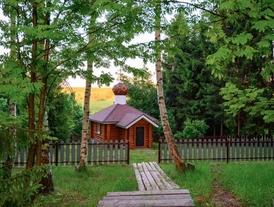Vacha
At the turn of the XIX and XX centuries, Vacha was known as one of the largest metalwork centers, along with Sheffield in UK or Solingen in Germany — all thanks to widespread appreciation of local knives! The Kazakovo filigree also glorified this area: Rostislav Rostropovich loved it very much; items decorated using this technique were presented to Margaret Thatcher during her visit to the Nizhny Novgorod region. Here, you can see merchant's houses and ancient shrines; you can go horseback riding as well. Here is what else you can do in Vacha.
A FEW FACTS
WHAT TO DO IN THE CITY
01
Visit the local history museum
The most obvious place to start exploring the area is the Museum of Local History. It is quite compact in Vacha. During the tour, you will see artifacts from ancient digs, learn about the contribution of enterprising Kondratov manufacturers and about what the writer Vladimir Korolenko did here; you will take a look at ancient knives and folk crafts.
02
Learn about the history of Kondratov industrialists
Along with the Kazakovo filigree, knife craft is proudly acclaimed in Vacha — and not without the reason! Local knives have been famous for a long time, and in the XIX century, Vacha became one of the main metalwork centers of Russia. A peasant serf Dmitry Kondratov who became a manufacturer played a huge role in this: his products were even awarded with a gold medal at the World Exhibition in Paris! Kondratov’s factory and several houses have been preserved. Nowadays, a cultural center, a police museum and an art school are located on these premises where you can see various historical artifacts.
03
Visit the «Zemstvo School»
The Zemstvo School Cultural and Craft Center is located in a pretty wooden house that previously belonged to the Kondratovs. You will definitely be surprised by the size of its windows with architraves! Exhibitions are held here; you can learn about the industrial history of Vacha and participate in creative workshops.
04
Buy local knives and axes
The business of the manufacturers has been preserved: the Trud-Vacha factory still produces and decorates manually forged tools — knives, axes, and sledgehammers. Take a tour and, if you are lucky, you can see the forging stage (this is very impressive!), the exhibition products and even buy a couple of knives; they are very affordable here.
05
Learn the peculiarities of the Kazakovo filigree
Knives are more practical items (although there are real works of art among them), but the products of Kazakovo filigree are beauty in its purest form. The manufacturing was established in the village of Kazakovo near Vacha in 1939. You can see how this craft has developed over almost a century at the Kazakovo Artistic Ware Enterprise, which has a museum and a souvenir shop — a must-visit!
06
See the local old mansions
In the Chulkovo settlement that is located on the high bank of the Oka river, the trunk-making business was actively developing In the XIX century. The merchant Nikolai Tulupov was considered the most famous manufacturer — he set up workshops here and was the first to armor trunks and chests with iron and tin. On the Naberezhnaya street, the merchant's wooden mansion with a tower and carvings has been preserved. Another house belonged to the Zhestkov merchants is located not far from Tulupov’s mansion. It is decorated with a corner porch with a tent-roofed tower and a balcony.
07
Visit the shrines
For a family vacation, it would be great to visit the equestrian center «Dachny Manege». There you can learn how to ride a horse or arrange a photo shoot with horses, as well as check into a guest house, look at a donkey and alpacas and relax in a barrel bath.
08
Visit the sacred spring
There are many springs in Vacha, but the spring named in honor of the Tikhvin Mother of God is considered one of the most famous and revered since the middle of the XVIII century. There is a small chapel with a well — just do not forget to protect yourself from mosquitoes, you are still in the open!
